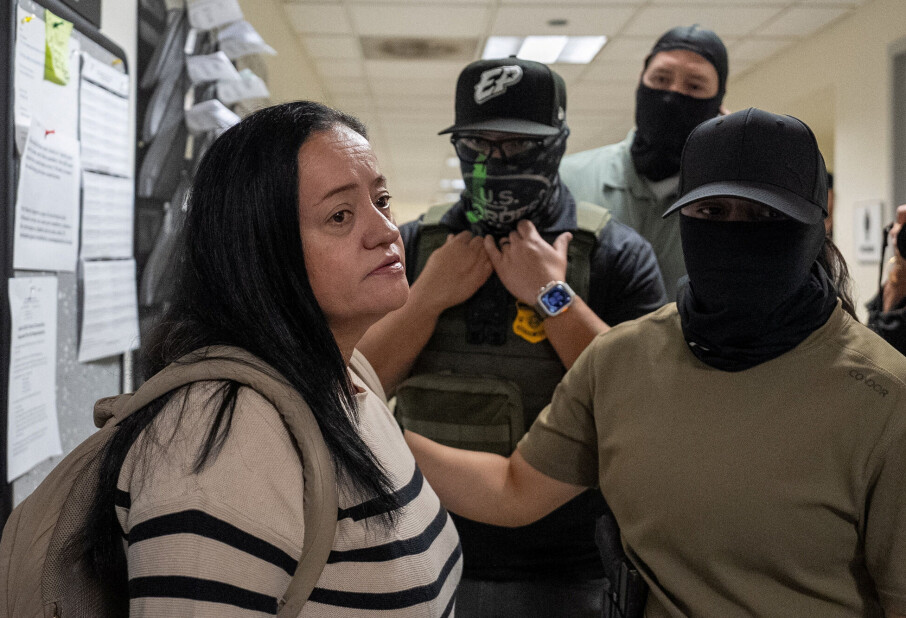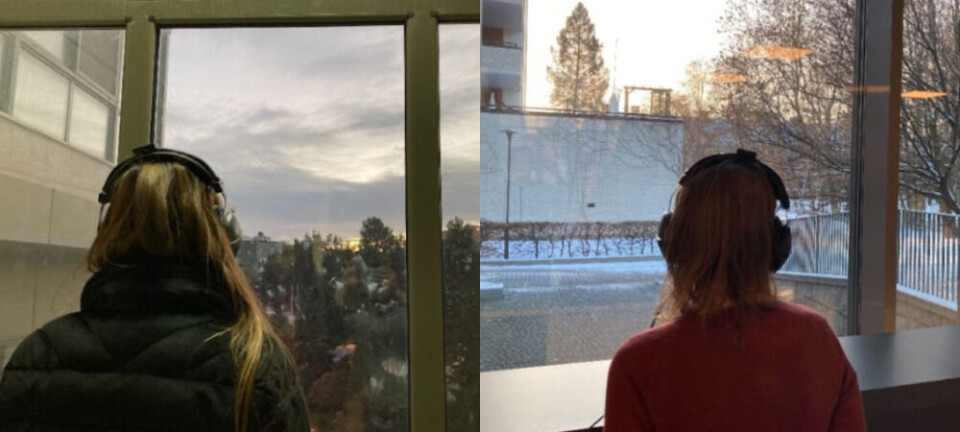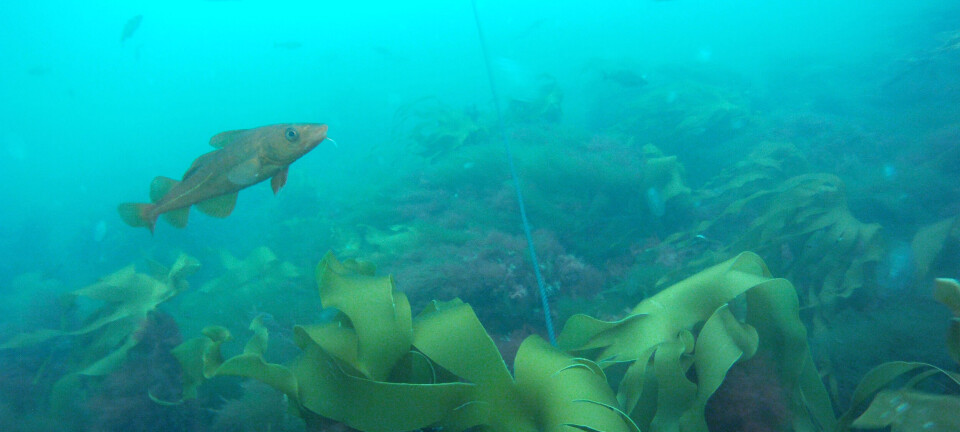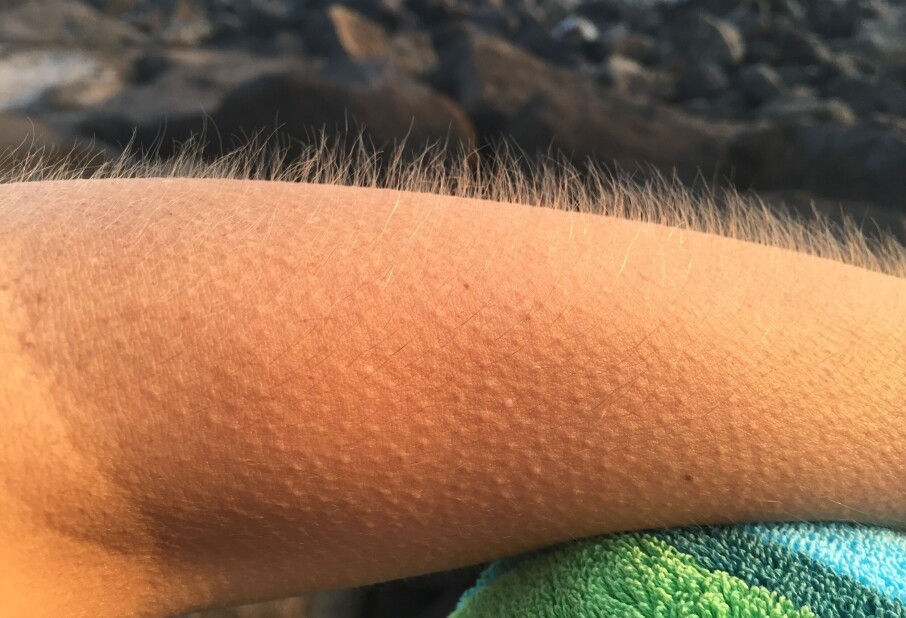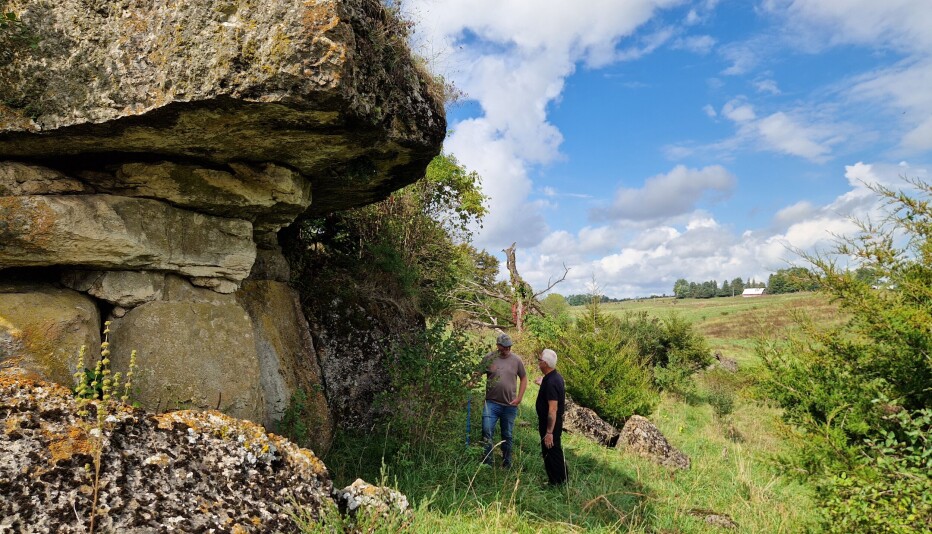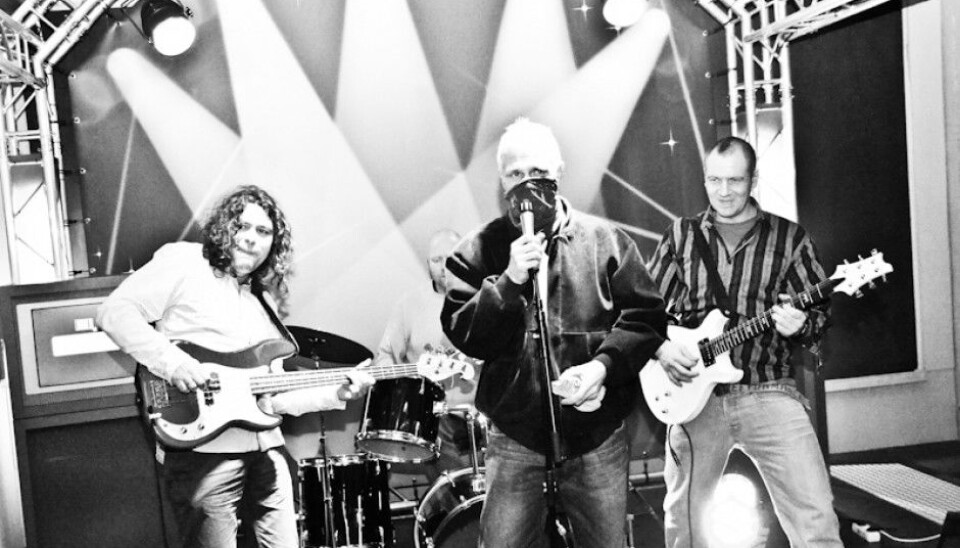
Jailhouse rock gives convicts feeling of freedom
“The music becomes a way of dealing with jail existence. But it can also help in managing a life outside,” says a researcher who has studied the effect of rocking behind bars.
Denne artikkelen er over ti år gammel og kan inneholde utdatert informasjon.
Many might associate rock music and incarceration with Elvis’s Jailhouse Rock or with Johnny Cash and his Folsom Prison Blues.
Apart from an occasional night in a cell for a misdemeanour or a few hours in the drunk tank for intoxication, Johnny Cash never actually did prison time.
That can’t be said about all the band members of the group “Me and THE BAND’its”.
They met behind bars in Norway and that’s where they started playing. Now they right rock tunes, practice three times a week, and tour with concerts. They do it to get on with their lives, inside and outside of prison.
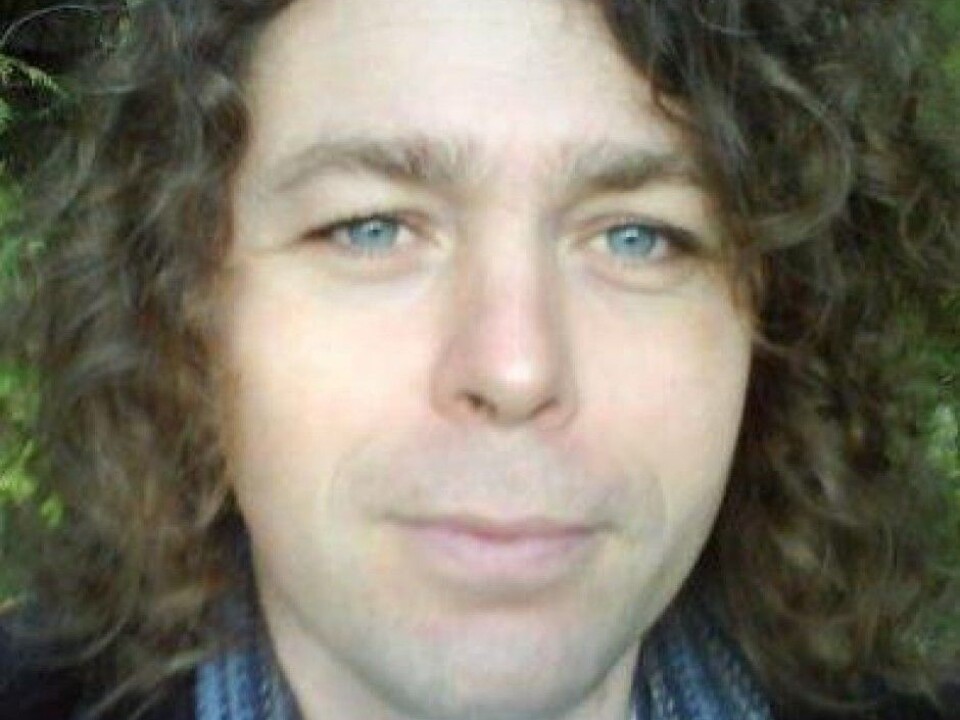
“The music becomes a way of dealing with jail existence. But it can also help in managing a life outside prison walls,” says Lars Tuastad.
He plays with the group Me and THE BAND’its, but has done even less time locked up than Johnny Cash, none. He is a researcher and has just received his PhD with a doctoral thesis about the band.
Not always easy to be free
Tuastad has worked with music therapy for over a decade and has chalked up extensive experience with a project called Musikk i Fengsel og Frihet (Music in Jail and Freedom, or MIFF), which links music therapy with welfare and assistance initiatives for convicts before and after being released.
“Music creates a feeling of freedom but it can also help cope with freedom when it is finally attained,” says the researcher.

Tuastad has played with Me and THE BAND’its for nearly ten years, long before he started researching the group. They have played together in jail, when inmates were out on conditional probation and after band members had served their sentences and were fully free.
Trouble inside and outside
He explains that it hard for a criminal to get over incarceration after release. It’s easy to revert to old habits.
“When they have served their sentences and are completely free they need a place to land,” he explains.
The researcher says landing in a rock band is better than landing other places. “Music is a way out of crime.”
Action research in jail
Tuastad’s personal involvement in the subject he researched does not adhere to the objective norm of a passive observer outside the subject at hand. His approach has been “action research”.
Instead of simply observing and analysing, the researcher is directly involved in the highlighted activity.
So Tuastad has been a researcher and a band member in this project. He participated in practice sessions once a week. The others in the band practiced twice a week without him. He also joined in for concerts and tours.
He made audio and video recordings of the practice sessions and has shown them to the other band members. He wrote detailed descriptions of the meetings they had and interviewed the members individually and collectively.
Tuastad says the key word in these initiatives was “reflection”. Graphics on action research will often use reflection as an element of a repeated cycle such as: Plan – Act – Observe – Reflect – Plan – Act (etc.)
“We have reflected on everything that happened the whole way. I suppose that’s inherently part of participating in a joint project like this,” he says.
Singing their own narratives
The band’s vocalist, Kjell Andreasson, wrote most of the songs himself. “Kjellemann”, as they call him, has lots of stories to tell about his childhood, growing up and his adult life. His songs are about criminality, drugs, ethics and morals, love, family, friendship, change, music and politics.
“Standing on the stage and using personal stories and songs is part of rehabilitation,” says Tuastad.
Me and THE BAND’its refer to their concerts as concert-lectures because the narratives have such a vital role.
Hedda Giertsen, a professor at the University of Oslo’s Department of Criminology and Sociology of Law, thinks such narratives should play a key role in the rehabilitation of criminals.
“Certainly this is a universal trait – we try to tell our stories. But it’s particularly important when something can be hard to understand, both for ourselves and for others,” says Giertsen.
On a par with training
Giersten thinks that allowing prisoners and criminals to play music should be part of jail routines like other activities in Norwegian prisons – physical exercise, studying and making food. All these things work as a type of recess from imprisonment.
She asserts that it is vital for inmates to be something more than just prisoners, such as musicians or students, at least occasionally.
“They switch to a role that people in outside society have and this points ahead toward a normal position in the outside community,” she says.
“The main thing is to acquire new experiences and become aware of new sides of oneself.”
----------
Read the Norwegian version of this article at forskning.no
Translated by: Glenn Ostling











